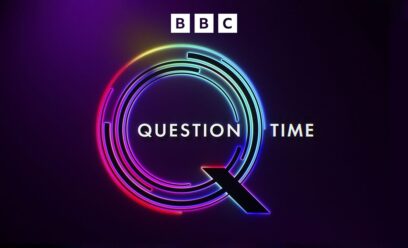5 ways to counter hate on social media
Posted by IMIX on February 20, 2020
Gone are the days when everyone thought the internet would offer a happy place for free and democratic expression. The rise of social media, anonymity and lack of regulation have turned the web into fertile ground for hateful, racist and xenophobic messages. IMIX believe in the importance of countering online hate speech to bring about real change in our society. But how can we do that? These are five easy steps to start tackling a conversation of hate.
1. Recognise the trolls
The biggest source of hateful comments on the internet is trolls. A troll is a profile intentionally created to spread controversial or off-topic content and provoke inflammatory responses while remaining anonymous. Trolls generally engage in discussions and deliberately share messages of hate targeting a specific individual or a group of people. They are the bullies of the web and we need to counter them. But in order to do so, we need to recognise them first. Here are some things to look out for to identify internet trolls:
- Their name is usually a non-descriptive one or even just a series of numbers. Remember, trolls always aim to remain anonymous.
- Not setting a profile picture is suspicious. The same applies if they use a famous person’s image or a stock photo.
- Look at their followers. How many do they have? Are they trolls themselves?
- Now look at their account behaviour. Most of the time, their activity is very irregular and repetitive.
2. Block, mute and report
Once you have identified the trolls, don’t give them the recognition they search for. When you see their provocative comments on social media, the best thing to do is probably ignore them. Never feed the trolls! If you are the victim of hate speech or online shaming, it might be better to mute the account that is provoking the harm and when you recognise a troll, immediately block and report it. Here you can find a complete guide on how to do it on different social media platforms. Likewise, if it happens to someone you know, tell them to do the same and then always report the profile yourself too.
3. Learn how to respond
Sometimes, hateful messages can also be spread by a real profile. In these cases, a direct response could be a more effective way to address the problem, as long as you do it in the right way. Here are a few tips:
- Always challenge the message, never the person who spread it.
- Use facts and data to call out generalisation and inaccuracies.
- Display the harm of hate speech by showing a different perspective. Share positive stories which provide hope.
- Be polite in your reply, don’t become abusive yourself.
- Take a breath. Don’t say anything you might regret later on.
- Fight the hate with offering a compliment back (if you can stomach it).
- Use humour. It works! This video shows how South Yorkshire Fire & Rescue responded to the abuse they received after adding the rainbow flag to their profile picture last year.
https://www.facebook.com/southyorkshirefire/videos/1448760091959892/?v=1448760091959892
4. Work collectively
Trolls and haters gain more confidence in their fellowship. For this reason, when confronting them you should do the same. Get all your friends to report their profile as well, spread the word and build a network around you to feel empowered. Also, there are many organisations who actively counteract hate speech with online campaigns, like Silence Hate, Don’t Feed the Trolls and Get the Trolls Out. When you need support, contact them.
5. Look after yourself
Sometimes the online world can become a bit overwhelming, especially when facing a hateful situation. In these cases, just disconnect. Switch your devices off and go for a walk, talk to a friend or do something you like. Get distracted and don’t let a bad episode on social media bring you down, real life is out there!



